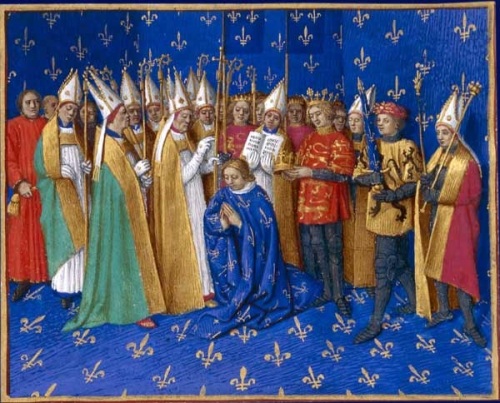 My witch of the week series seems to be turning into more of a witch of the month.
My witch of the week series seems to be turning into more of a witch of the month.
There’s just so much I want to say about names, I guess!
This week/month’s choice is a fictional rather than mythological or historic one.
But she was — is — one of my first literary loves.
Mildred Hubble, heroine of Jill Murphy’s Worst Witch series.
I was about seven when I first read the original Worst Witch.
My primary school had a sort of book club; once each term or half-term, we got to take a catalogue home and choose a book.
There were few things to compare with the excitement I felt when the books arrived; you’d go into the class in the morning and see the books we’d ordered sitting on the teacher’s desk, each with a little slip of paper sticking out. Each absolutely spanking new, with that wonderful new-book smell.
The Worst Witch was one of my first purchases, and I still have the copy — though it’s rather more ragged now.
It tells the story of the hapless Mildred Hubble, a young witch just starting to learn magic at a boarding school for witches.
Sound familiar? For the record, The Worst Witch was first published in 1974, more than twenty years before the first Harry Potter.
Although very earnest, Mildred has the gift of making pretty much anything that can go wrong go very wrong indeed.
She inadvertantly manages to save the day by turning the baddies who are planning to take over the school into snails (she was trying for frogs, but still, it did the trick).
Jill Murphy has since written another five books, the last in 2005. It has been a joy sharing them with my own Small Child.
She loves Mildred as much as I do.
There are also the TV shows — the first based on the Worst Witch series itself, the later ones going off in other directions, such as Weirdsister College and The New Worst Witch. I haven’t watched them though — I have a feeling they could never live up to the original books.
Jill Murphy deliberately chose names that were very old-fashioned for her young witches — in 1974.
As well as Mildred, other characters have names such as Maud, Enid and Ethel — all “great-granny names” names hovering on the edge of revival. Will they, or won’t they?
Mildred itself is Old English, and has been around since at least the seventh century.
Originally Mildthryth, it is composed of the elements milde “mild” + þrȳð “power” and “strength.”
Unlike so many Old English names, Mildred survived the Norman Conquest, thanks to a saint popular in the Middle Ages, and managed to cling on in use until the nineteenth century when she was revived along with many other medieval and Old English classics.
She hasn’t fared so well since, which is a shame, as it is a name with charm, character and history.
It also shortens beautifully to Millie, Milly and Milda.
Yet it was given to only 68 little girls in the USA in 2010, and if any received the name in the UK, it was less than three.
But as witchy names go, they don’t get much better than Mildred!













